Ports of Call: Close Encounters with Glaciers, Seward, AK
Seward is a cornerstone of many Alaskan cruises. Travelers can see puffins, whales, otters, and massive, massive glaciers.
Seeing a calving glacier up close is just one of the memorable moments on an Alaska cruise.
A good place to experience this awesome power is on a day voyage from Seward, the port of departure for many cruise ships. Just be sure to book the small ship outing ahead and to arrive in Seward, 127 miles south of Anchorage, in time for a morning sailing to Kenai Fjords National Park. Unlike the huge luxury liners, our 150-passenger vessel could access narrow fjords, getting us close to critters and to glaciers. Almost as soon as we left the dock, the naturalist guide spotted a sea otter floating on his back, the tips of his flippers sticking out of the ocean. Every few minutes, in a comical gesture, the otter rolled completely around like a log.
We also glided by shorelines of green spruce, brown windblown mountains and craggy peninsulas covered in mist. The ship came close to an islet where a sea lion colony lounged belly-down on the rocks. We watched two bulls face off against each other, growling for positions near a female while the babies honked and slid over their moms. Next, we sailed by a puffin rookery, home to hundreds of the black birds with orange curls of feathers.

A Puffin
Not long after, the naturalist guide shouted “Thar she blows” and we, like everyone else, raced to the port side. We caught a glimpse of a humpback whale’s forty-foot, barnacled head before he dove under and out of sight. Minutes later, the whale reappeared on our starboard, causing another stampede on deck. This time, we saw the black bony ridges on his back loop above the water before the tip of his fluke slid seamlessly below the surface.

Kenai Fjords
The ship stopped 100 yards from the glacier, a massive wall of ice. Standing on the deck, we gained a true perspective of the glacier’s vastness and its color, not white, but an iridescent blue created by the reflected afternoon sun. When the captain cut the engines, we heard the thunderous sound of the glacier “calving” as huge chunks broke off and fell into the sea, a scene we still remember vividly.
We didn’t even care that we were freezing, despite wearing fleece pull-overs and windbreakers. Even in summer, when you’re out on the water, it can feel cold in Alaska so wear layers, hats and gloves. But don’t miss this spectacle.

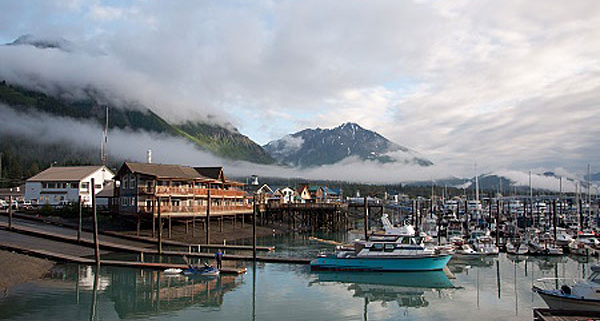
 Dentist's Money Digest
Dentist's Money Digest Dentist's Money Digest
Dentist's Money Digest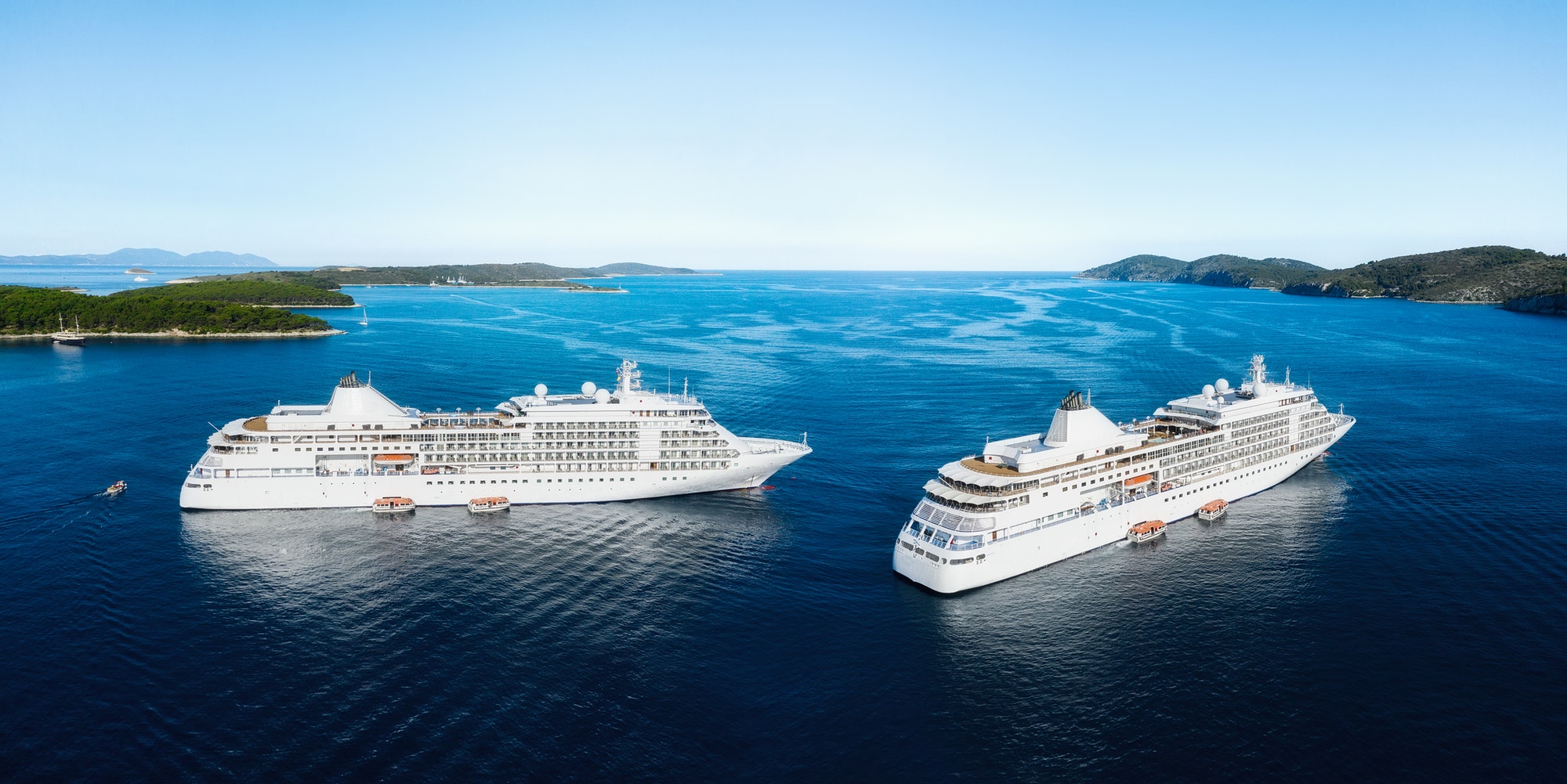 Dentist's Money Digest
Dentist's Money Digest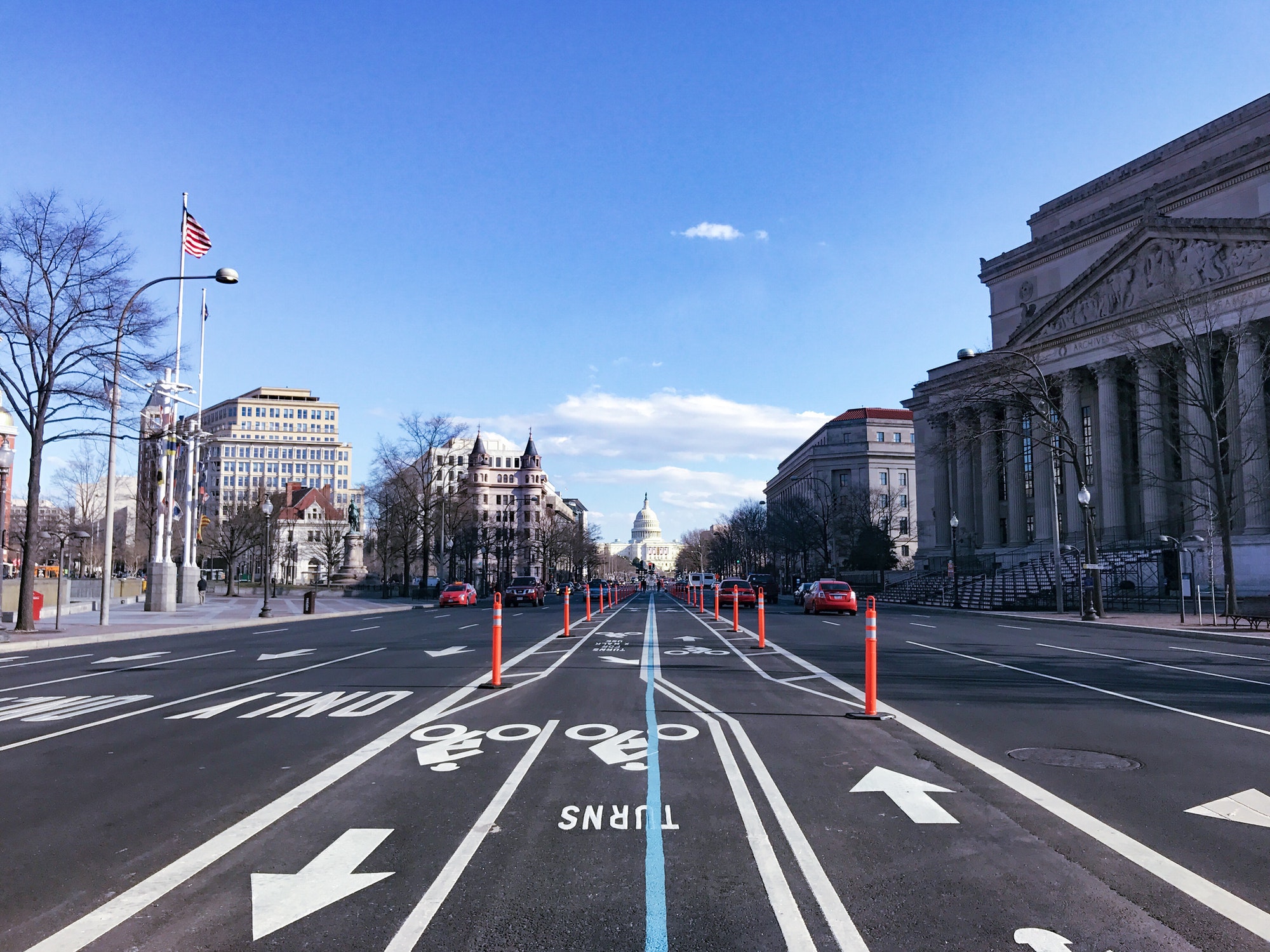 Dentist's Money Digest
Dentist's Money Digest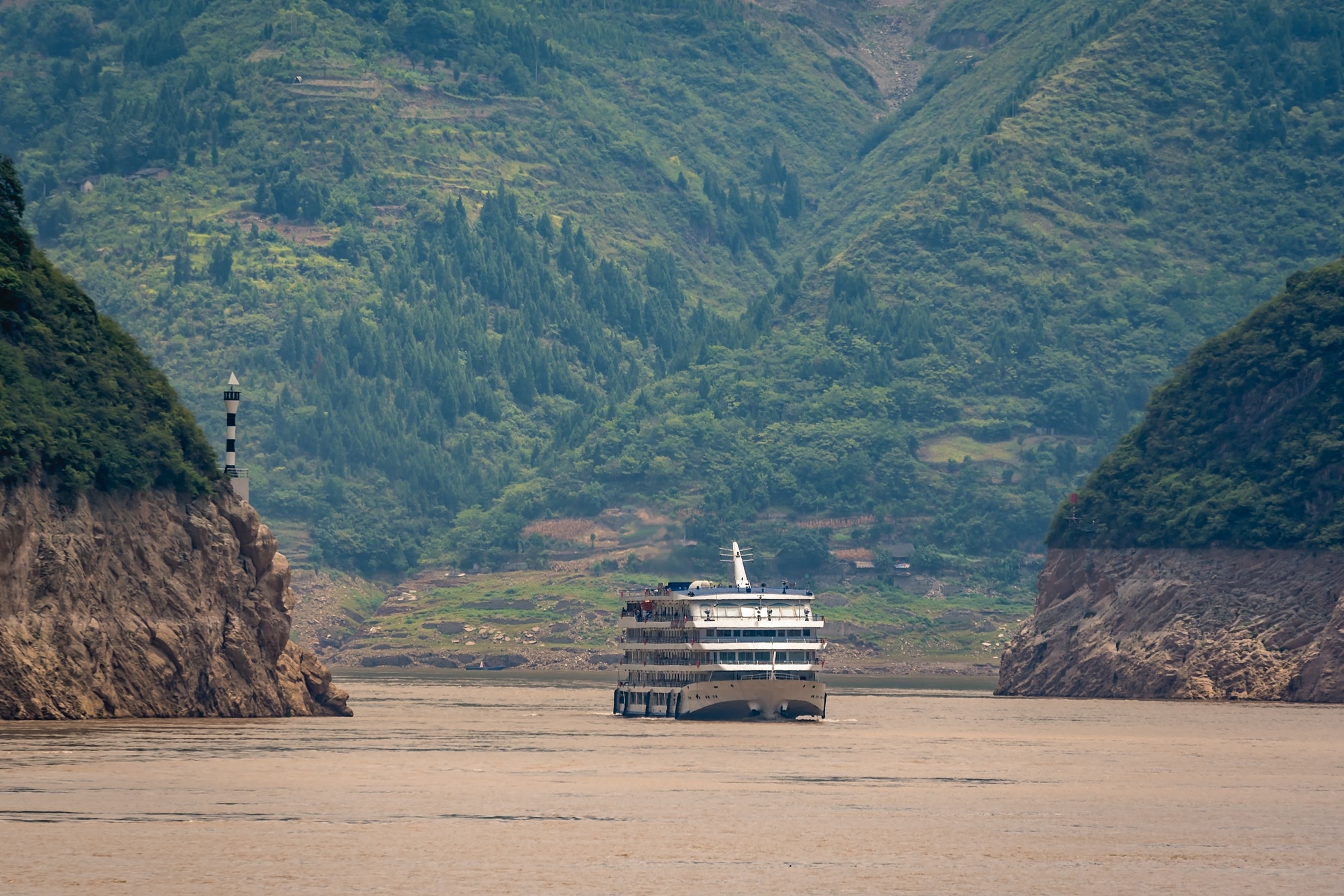 Dentist's Money Digest
Dentist's Money Digest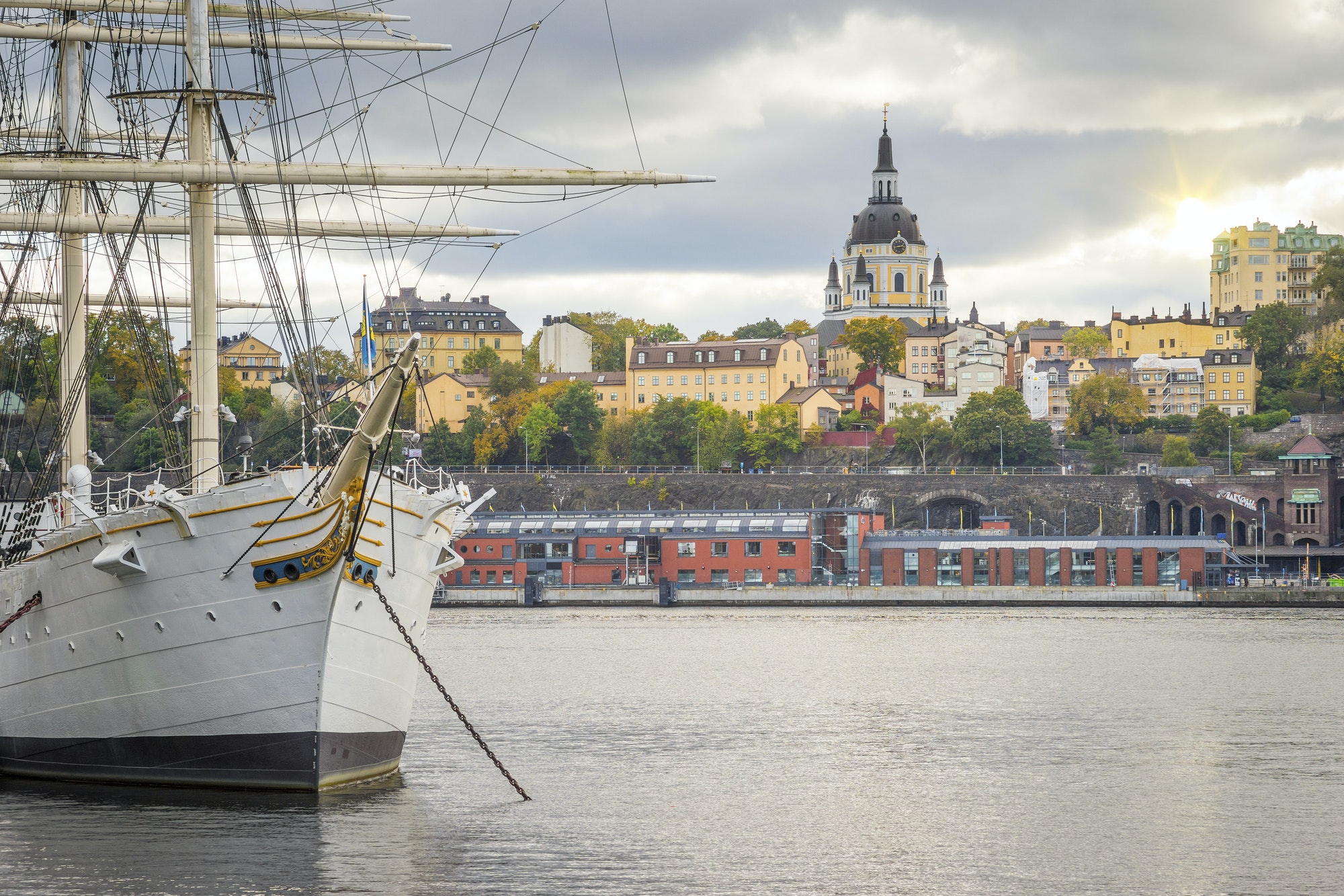 Dentist's Money Digest
Dentist's Money Digest Physician's Money Digest
Physician's Money Digest Dentist's Money Digest
Dentist's Money Digest